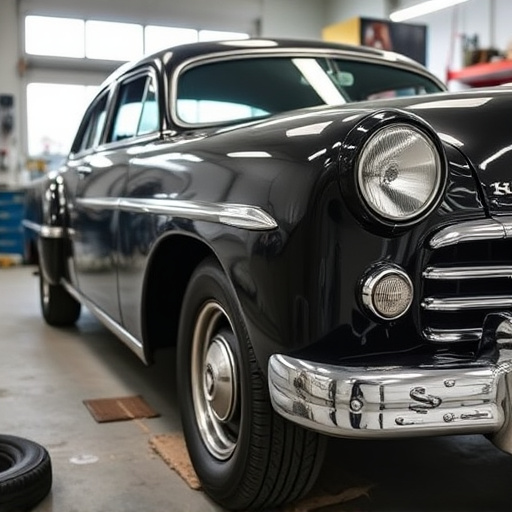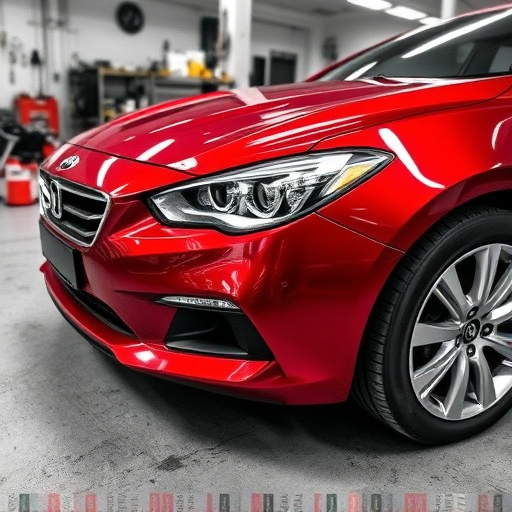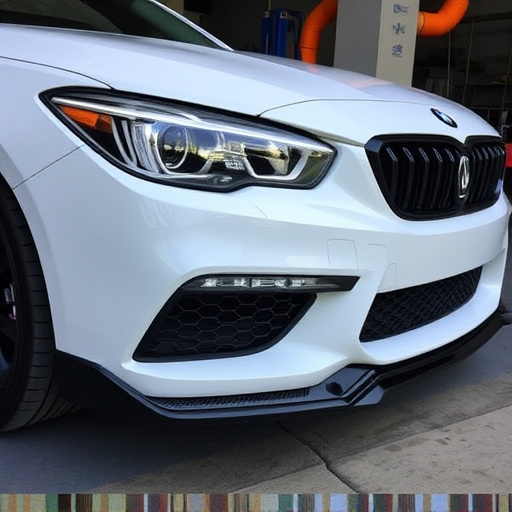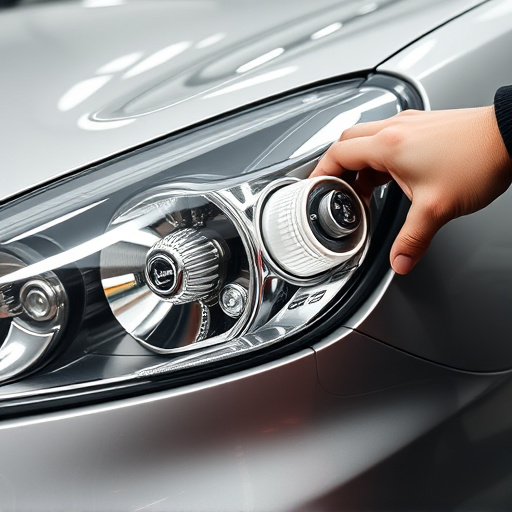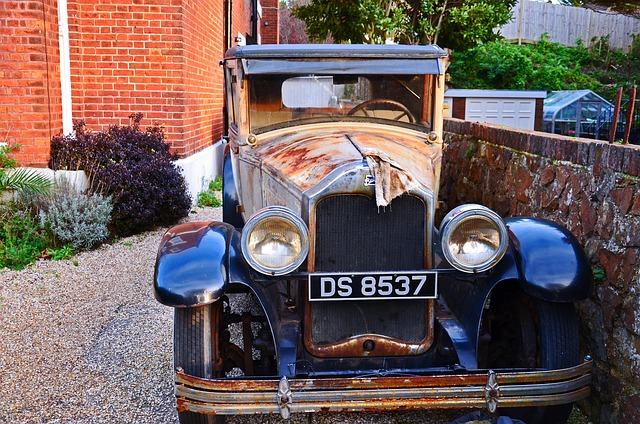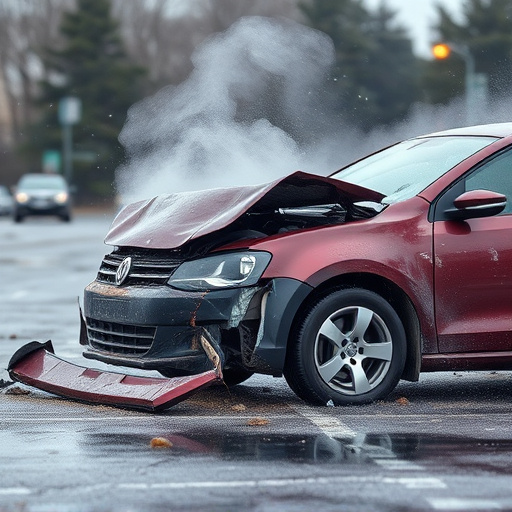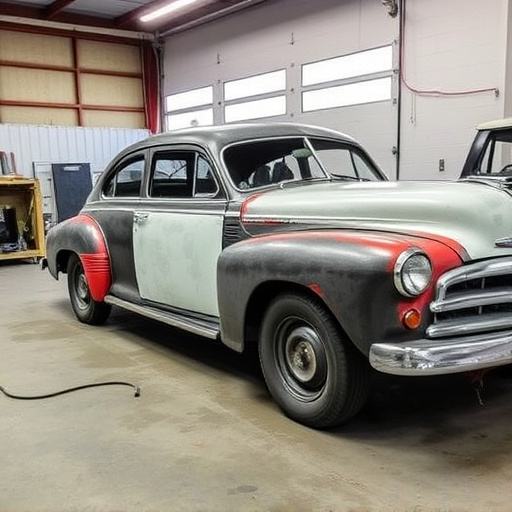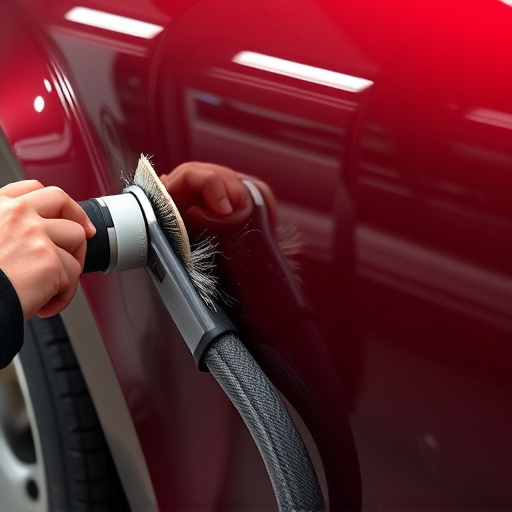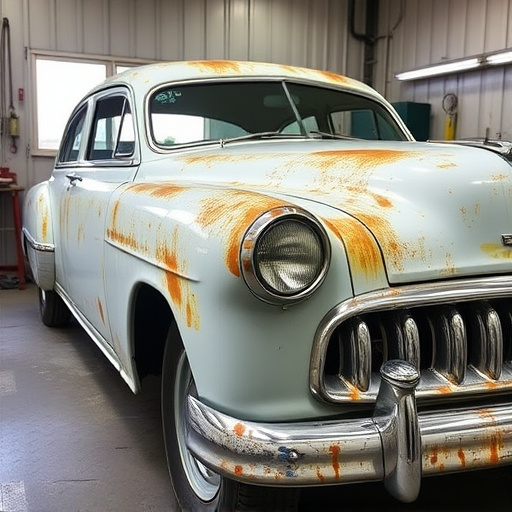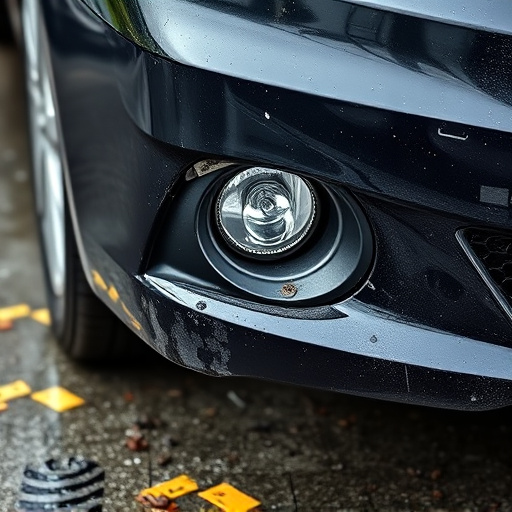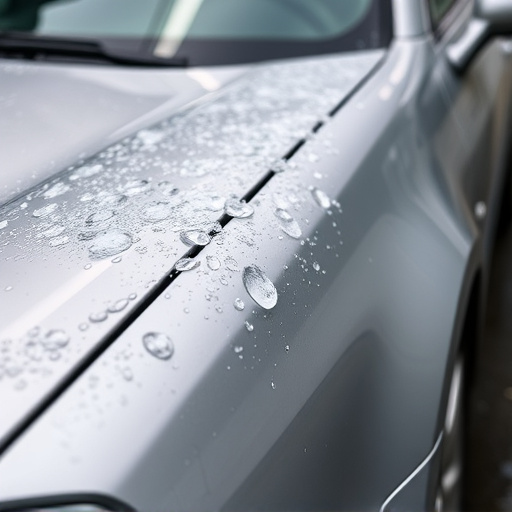Repair Quality Verification (RQV) is a vital process ensuring vehicle safety and customer satisfaction in auto body repair. It involves meticulous visual and functional inspections, focusing on structural integrity, cosmetic precision, industry standards, and advanced tools. Best practices include technician training, updates, quality control protocols, and customer feedback integration for continuous improvement in repair services, including dent repair.
In the realm of construction and renovation, ensuring high-quality repairs is paramount. This comprehensive guide delves into the crucial process of repair quality verification, essential for structural integrity and aesthetic appeal. We explore the key aspects of evaluating both structural soundness and cosmetic precision, providing best practices to navigate this intricate dance. Understanding the intricacies of this process empowers professionals to deliver exceptional results, ensuring customer satisfaction and maintaining high repair standards.
- Understanding Repair Quality Verification Process
- Key Aspects of Structural and Cosmetic Evaluation
- Best Practices for Ensuring High Repair Standards
Understanding Repair Quality Verification Process

Repair Quality Verification (RQV) is a critical process that ensures the excellence and durability of structural and cosmetic repairs in car repair shops and automotive facilities. It involves a systematic evaluation of the repair work, focusing on both the visual and functional aspects. Skilled technicians meticulously inspect the repaired area, checking for any signs of inadequate or improper fixing, misalignment, or uneven finishing. This meticulous process is essential to maintaining the safety and longevity of vehicles, especially in auto body repair settings.
The RQV process delves into various stages, from assessing the initial damage to examining the final restoration. It includes quality checks on materials used, workmanship, and adherence to industry standards. In automotive repair shops, this verification is vital for client satisfaction and building trust. By implementing rigorous RQV procedures, these workshops can guarantee that each car leaves their premises in pristine condition, enhancing customer loyalty and ensuring a solid reputation in the market.
Key Aspects of Structural and Cosmetic Evaluation
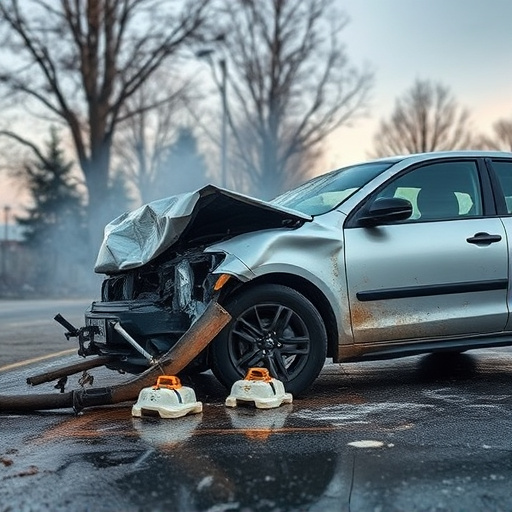
When assessing a vehicle for repair quality verification, whether it’s a Mercedes-Benz or any other make, the evaluation process involves meticulous inspection of both structural and cosmetic elements. Structural integrity is crucial, ensuring the safety and stability of the vehicle post-repair. This includes examining the framework, suspension systems, and critical components like brakes and steering mechanisms. For instance, in a fender repair, the alignment and strength of the replacement panel must be flawless to maintain the car’s overall structural soundness.
Cosmetic repairs, while focusing on visual appeal, also play a vital role in customer satisfaction. This involves meticulous attention to detail when addressing scratches, dents, or paint issues. A skilled technician will use techniques such as compound and polish to restore surfaces like a car scratch repair, ensuring seamless integration with the existing finish. The goal is not just to make the damage invisible but to enhance the overall aesthetic, much like a fine art restoration that reveals a masterpiece hidden beneath.
Best Practices for Ensuring High Repair Standards
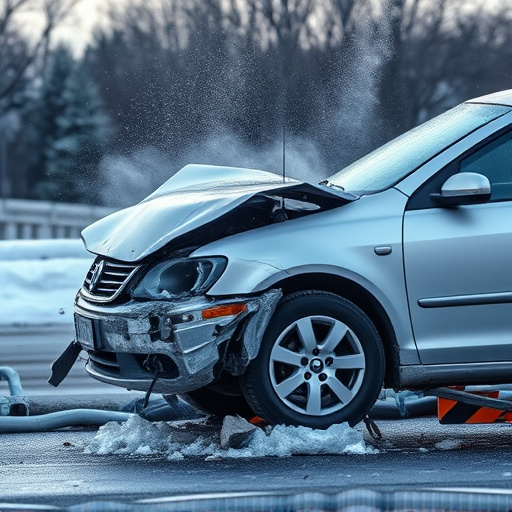
To ensure high standards in repair quality verification, several best practices should be implemented. Firstly, comprehensive training for all technicians is essential, covering both structural and cosmetic repair methods. This equips them to handle a wide range of issues, guaranteeing consistent quality across various repairs. Regular updates on industry standards and new techniques also play a pivotal role in keeping skills sharp and relevant.
Secondly, utilizing advanced diagnostic tools can significantly enhance repair quality verification processes. These tools enable precise identification of issues, allowing for tailored solutions. Furthermore, establishing clear quality control protocols, including thorough inspections at each stage of the repair, ensures that every detail is accounted for. Integrating feedback mechanisms from customers into these protocols provides additional insights, fostering continuous improvement in body shop services and fleet repair services, including dent repair procedures.
Repair quality verification is an indispensable process for maintaining high standards in structural and cosmetic repairs. By understanding the key aspects of evaluation and adhering to best practices, professionals can ensure that every repair job meets or exceeds expectations. This comprehensive approach not only safeguards the integrity of structures but also enhances the overall aesthetic appeal, providing lasting results that stand the test of time.


